
 Wan Hazmer and his talented team at Easy Only! Games showed a lot of promise in our 4th Casual Gameplay Design Competition with their game Ballistic Wars, an original take on strategic combat that took home 3rd place and won enthusiastic audience approval. But entertaining as it was, time constraints had obviously kept Ballistic Wars from reaching its full potential.
Wan Hazmer and his talented team at Easy Only! Games showed a lot of promise in our 4th Casual Gameplay Design Competition with their game Ballistic Wars, an original take on strategic combat that took home 3rd place and won enthusiastic audience approval. But entertaining as it was, time constraints had obviously kept Ballistic Wars from reaching its full potential. 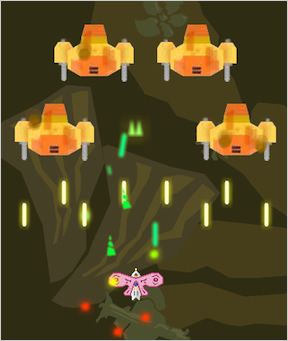 So it was very gratifying to play The Last Canopy, Hazmer's entry into Casual Gameplay Design Competition #5, because this time he simply knocked it out of the park.
So it was very gratifying to play The Last Canopy, Hazmer's entry into Casual Gameplay Design Competition #5, because this time he simply knocked it out of the park.
The setting is a ruined world where a single tree—the last canopy—still stands, protected by a race of butterfly-winged fairies with the power to absorb energy from their foes. You control one of these fairies on his heroic quest to return a fallen bird to its nest. This mostly nonsensical story serves as an excuse for you to battle an army of hostile vehicles through four bullet-drenched levels, each capped off by an intense boss encounter. Move the fairy around with the mouse or the arrow keys, fire with [Z], and absorb firepower from your enemies with [X].
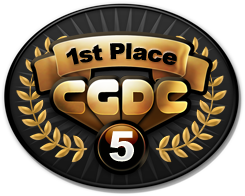 A brief history lesson: The Last Canopy is a specific variety of shoot'em-up called a Manic Shooter (or a Bullet-Heck Shooter, with respect to our all-ages audience), which has a lot of modern conventions, but basically means that a whole lot of firepower is being exchanged. Wan Hazmer was partially inspired by the Touhou series, which pretty much defines the PC manic shooter niche market with its gorgeously complicated bullet patterns and uncompromising difficulty. Touhou draws inspiration from the Shikigami No Shiro arcade games, among many others; which in turn follow in the footsteps of
A brief history lesson: The Last Canopy is a specific variety of shoot'em-up called a Manic Shooter (or a Bullet-Heck Shooter, with respect to our all-ages audience), which has a lot of modern conventions, but basically means that a whole lot of firepower is being exchanged. Wan Hazmer was partially inspired by the Touhou series, which pretty much defines the PC manic shooter niche market with its gorgeously complicated bullet patterns and uncompromising difficulty. Touhou draws inspiration from the Shikigami No Shiro arcade games, among many others; which in turn follow in the footsteps of 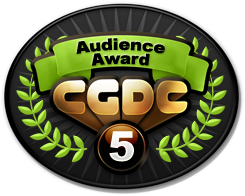 E.S.P.Ra.De. and DoDonPachi—arguably the greatest arcade-style shooters ever made—by Japanese developer Cave, who is virtually unknown except by shooter devotees.
E.S.P.Ra.De. and DoDonPachi—arguably the greatest arcade-style shooters ever made—by Japanese developer Cave, who is virtually unknown except by shooter devotees.
Cave deserves credit for establishing the guidelines for this sub-genre. Those include a tiny collision box for the main character, so you can weave in between tightly-spaced bullets; a complicated point system, so those who have mastered the game have reason to go back and maximize their scores; titanic bosses who change their attack pattern multiple times; an unbelievable number of on-screen bullets; and unrelenting, breathless difficulty.
This is not to say that Wan Hazmer's effort is unoriginal. To my knowledge, a satisfying manic shooter has never before been made in Flash, so The Last Canopy is a landmark game nonetheless (Since writing this sentence, Kei Mesuda's impressive Arcanacra has been brought to my attention. Thanks, Dragoran! Arcanacra is indeed a satisfying manic shooter programmed in Flash, but it is also a serious step up in terms of speed and difficulty, so casual gamers beware.) What makes The Last Canopy special is the incorporation of the "upgrade" theme for the competition. Your fairy's main gun is pathetic by itself. Fighting one of the game's bosses with it is like trying to stab a great white shark to death with a carrot. But you also have an eager group of 5 Gradius-ish orbs following you, waiting to be upgraded.
When you hold down the "absorb" button, a pink laser fires, locking-on to any enemy it hits, stealing its power and granting it temporarily to one of your orbs. Every enemy in the game can be plundered this way, and each one, remarkably, grants you a different type of firepower. The littlest ships might allow you to fire a single extra bullet, but if you take the time to absorb the energy from a boss, you can really start to fling some fireworks. The orbs gradually lose their strength, fading from green to yellow to red to empty, so you have to constantly refresh them by stealing new powers.
Analysis: A good shoot'em-up is like a symphony. The enemies are the musicians, the bullets the notes. And the player is the soloist at center stage, riffing a melody over the chaos, flirting with death, performing miracles. Wan Hazmer is the conductor, who must have a deep understanding of the rhythms that bind everything together.
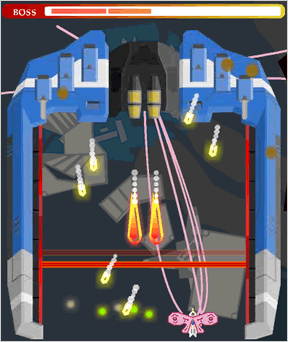 And The Last Canopy is just awesome. The natural ebb and flow of the gameplay keeps it from ever getting boring. You must stop shooting in order to absorb powers, but that pause allows more enemies to fill the screen with bullets. The better powers take longer to absorb and thus make you more vulnerable, but you must take that risk in order to have a chance against the bosses.
And The Last Canopy is just awesome. The natural ebb and flow of the gameplay keeps it from ever getting boring. You must stop shooting in order to absorb powers, but that pause allows more enemies to fill the screen with bullets. The better powers take longer to absorb and thus make you more vulnerable, but you must take that risk in order to have a chance against the bosses.
One might say that the Last Canopy is not really a casual game, but I feel that a casual game is anything that casual gamers can enjoy, and this game walked away with the audience prize as well as the judges' 1st-Place Award. Anybody can play at the easiest difficulty setting, but the hardest level is a decent challenge for even the most twitchy caffeine-blooded bullet rider.
The team at Easy Only! has done its very best to make The Last Canopy look and sound impressive. The graphics are a bit subdued and blocky, but they do the job more than adequately, and many of the enemy designs are interesting. Most of the ships on the first level, for example, are based on construction equipment; if you're not yet convinced that the game is cool, you're sure to come around when the first boss shows up with a giant wrecking ball. The scrolling background manages to suggest a whole world of cities and wastelands with just a few simple shapes, and the way it circles around like a crazy '78 when you're about to kill a boss is amazing. The excellent techno music establishes a distinct mood for each level and pumps up the intensity for the boss battles.
My only significant criticism is that dying takes too much power away from the player, especially during boss encounters. It takes a long time to absorb energy from a boss, and it's a pain having to start from scratch each time an errant bullet strikes you. I would have liked to see some smaller enemies fly by during the boss fights, so you can grab a quick power-up. That, and the controls should be configurable. It's weird not being able to fire with the mouse button.
But it is hard to find fault anywhere else. Hazmer and crew made a spectacular effort during the competition to keep their fans happy with updates and difficulty tweaks, and the result is an essentially hardcore game that a wide audience can nevertheless enjoy. The Last Canopy feels dramatic and entertaining from beginning to end, which is a testament to the level of detail and professionalism that Easy Only! Games is capable of. I anticipate great things from them.
Play The Last Canopy
![]()
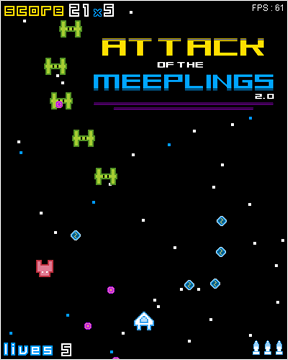 If "retro" to you means huge chunky pixels, bleeping and blerping sounds and gameplay that doesn't lead you by the hand, Joshua Smyth of Tiny Frog Software has just the game for you: Attack of the Meeplings. And if you think this Java-based shooter is going to explain what a Meepling is, you're sadly mistaken.
If "retro" to you means huge chunky pixels, bleeping and blerping sounds and gameplay that doesn't lead you by the hand, Joshua Smyth of Tiny Frog Software has just the game for you: Attack of the Meeplings. And if you think this Java-based shooter is going to explain what a Meepling is, you're sadly mistaken.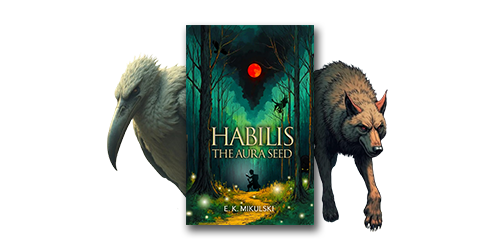


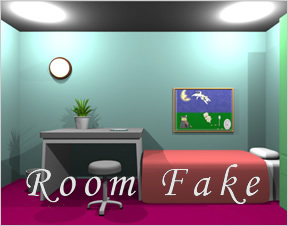
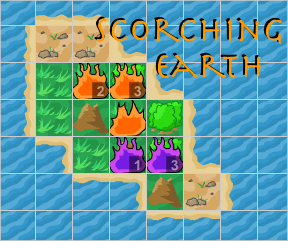
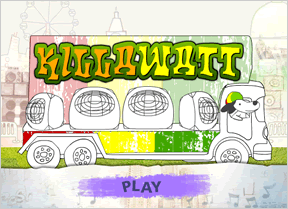
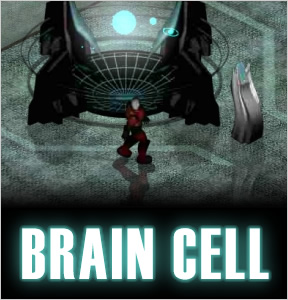
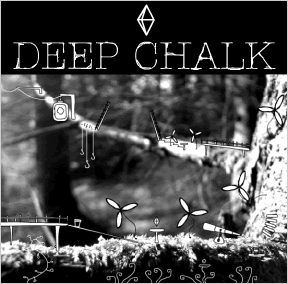
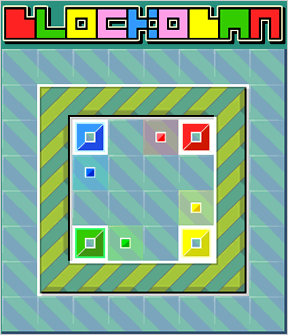
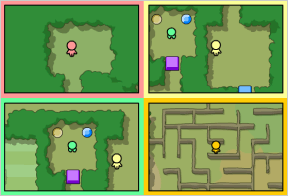

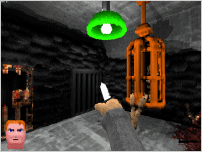
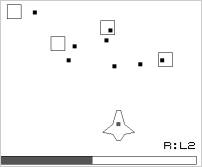
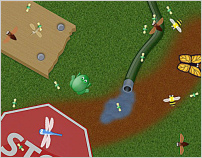

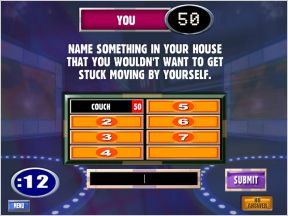





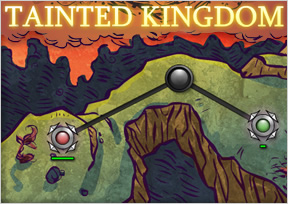
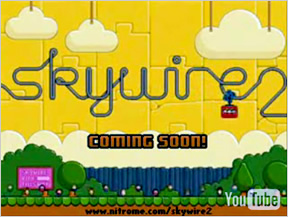

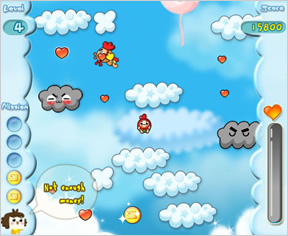
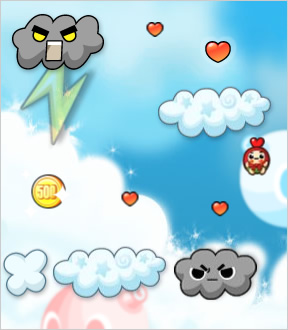
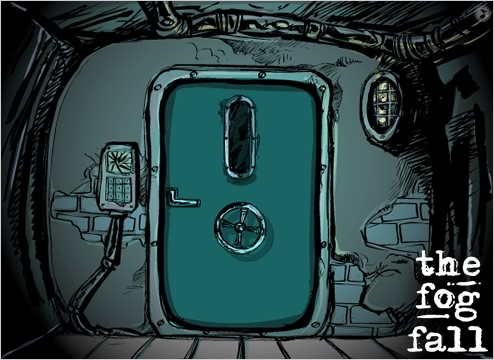
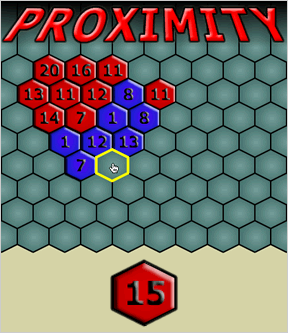
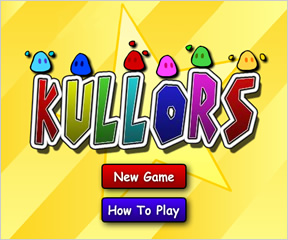
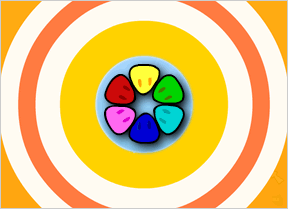

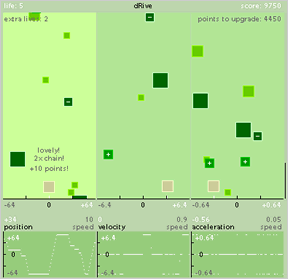
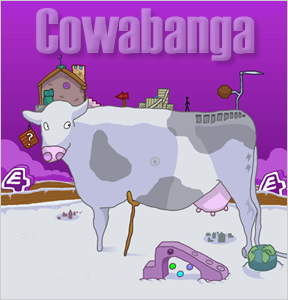

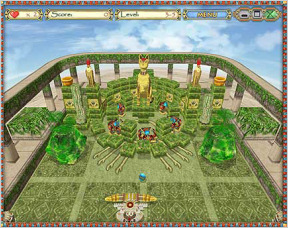
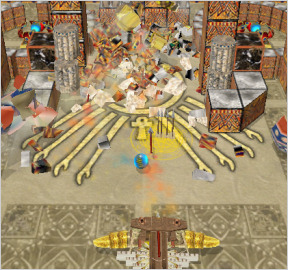

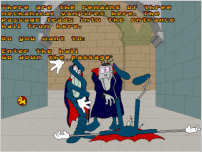
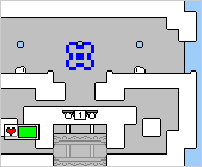
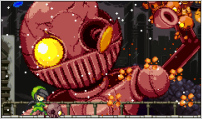
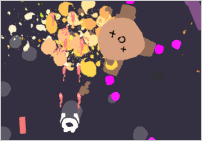

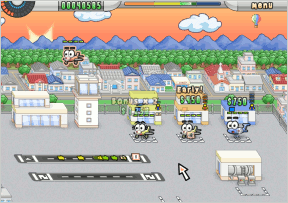

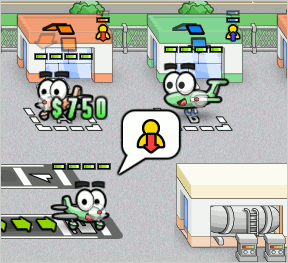
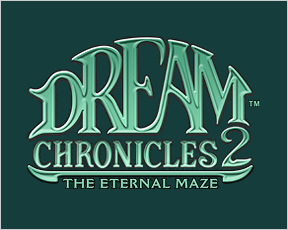

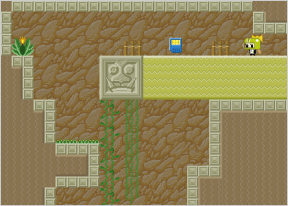
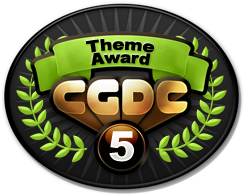
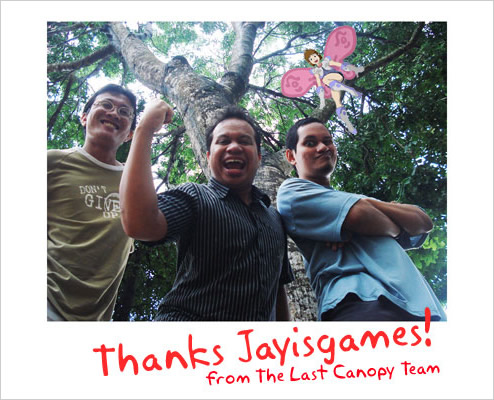
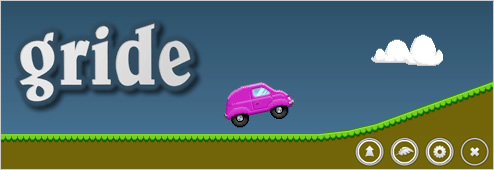
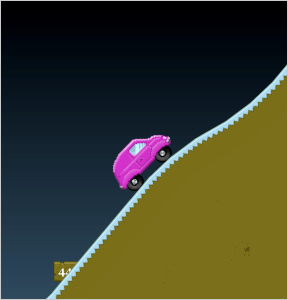
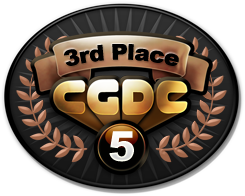

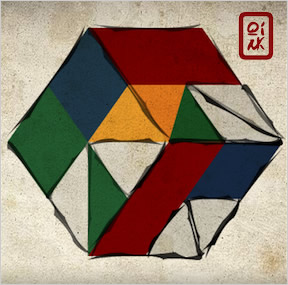
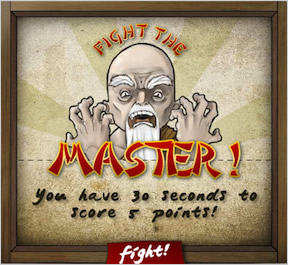
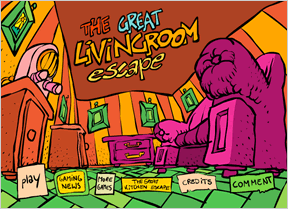
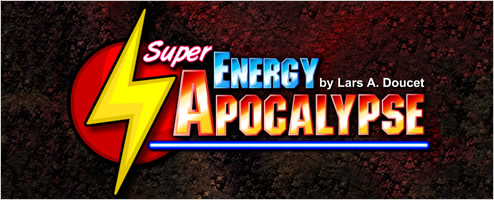
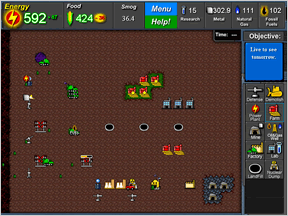
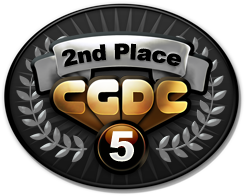
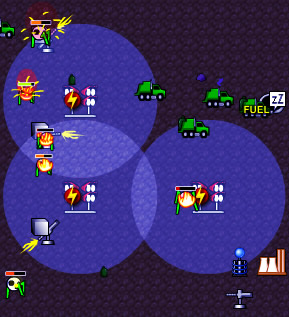
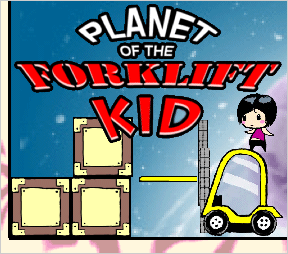

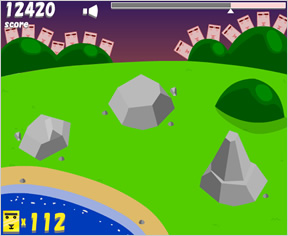

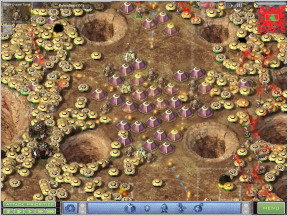


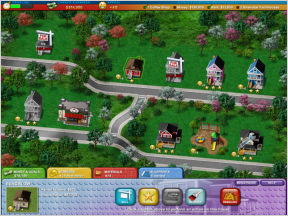
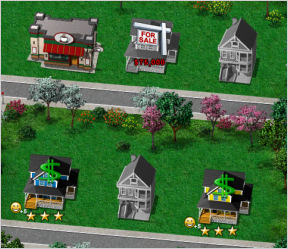
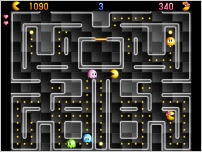
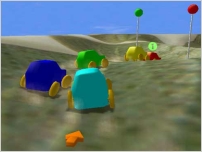
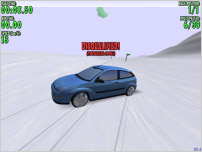
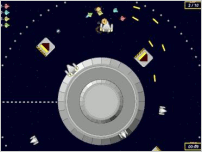

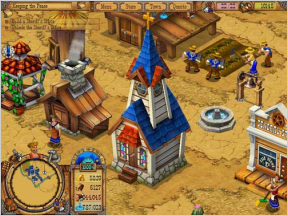

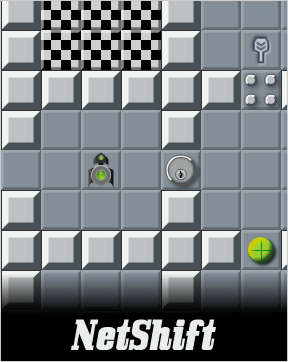
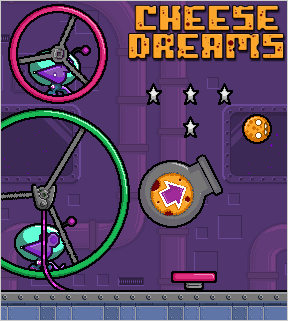
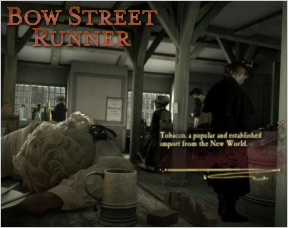





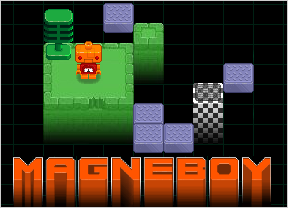


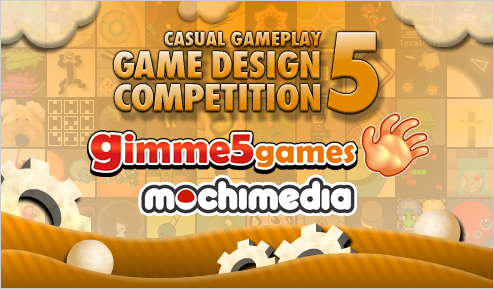
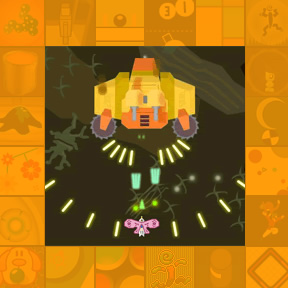

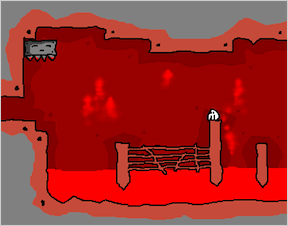


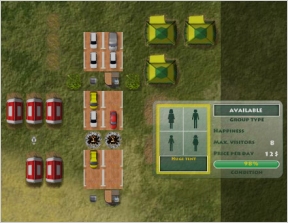
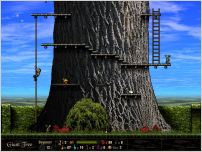
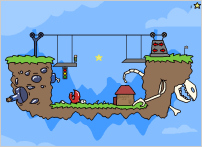
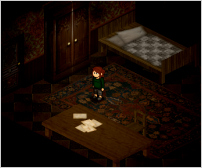
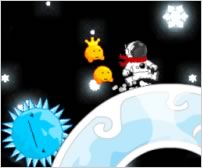

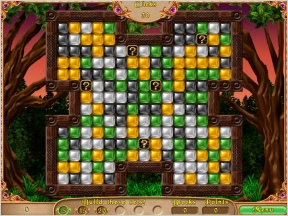
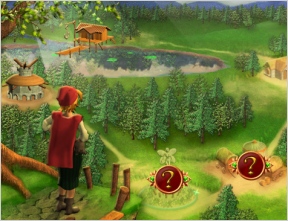
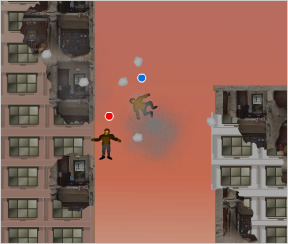
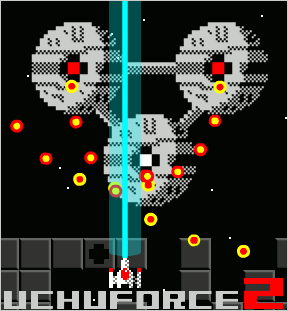
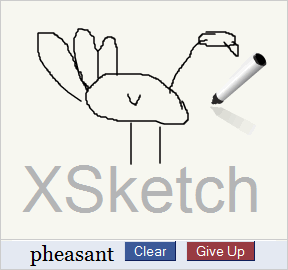
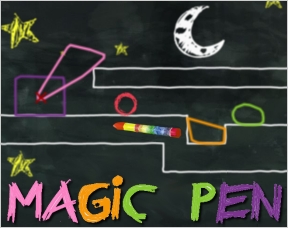
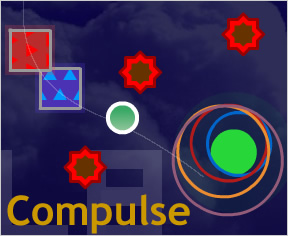

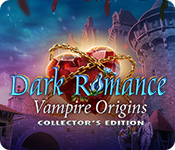
Recent Comments